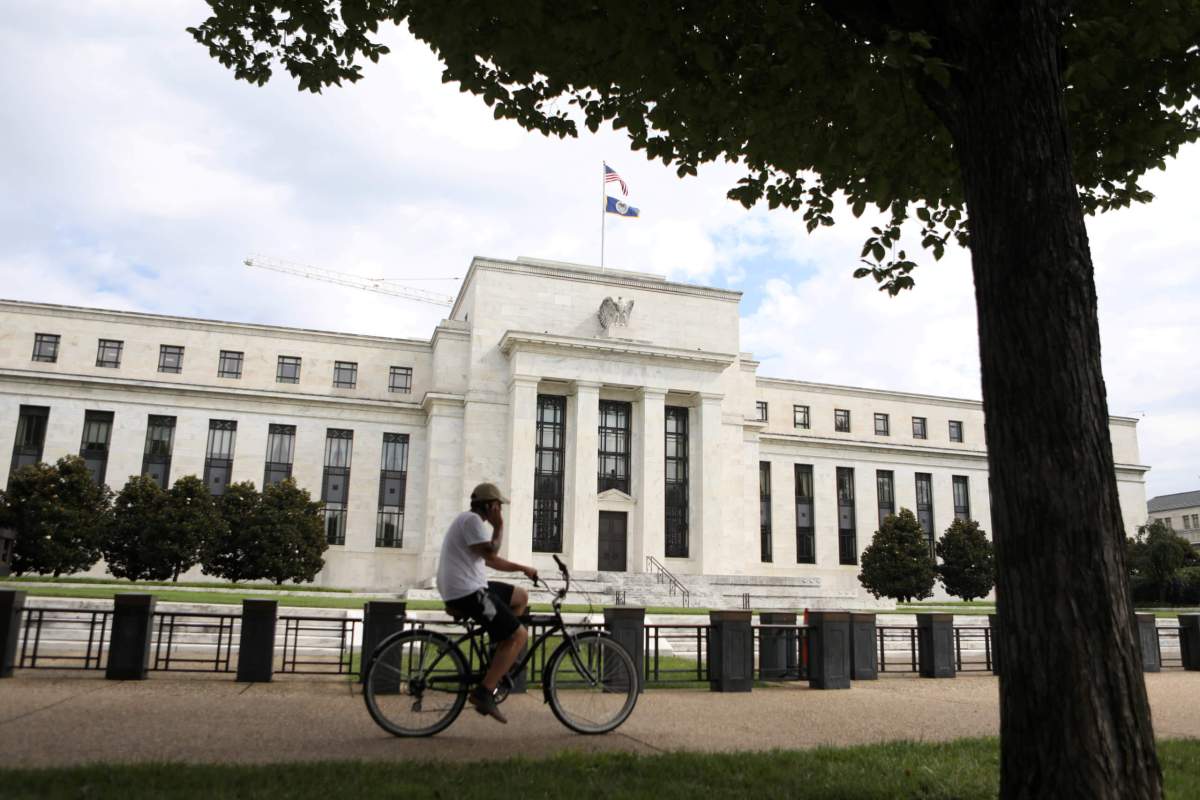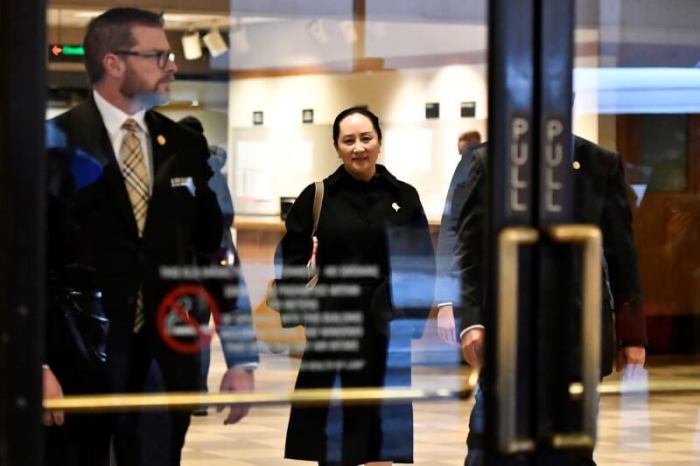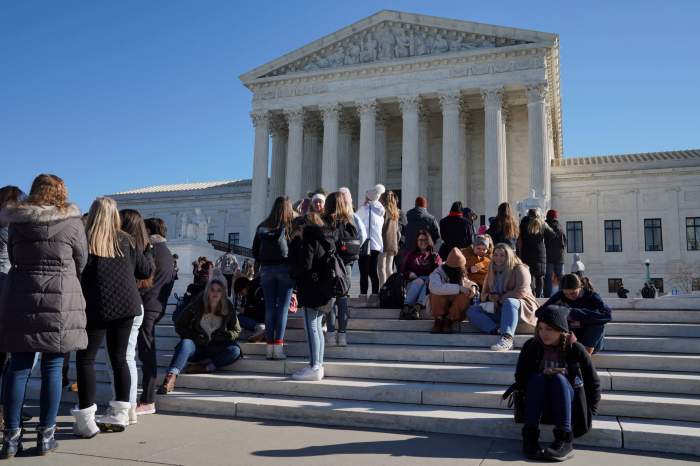By Ann Saphir
(Reuters) – The Federal Reserve, which cut interest rates three times this year to shield the U.S. economy from a global slowdown, will not need to do any more to boost growth until late next year, after Americans have picked a president.
That is the read from traders on Friday after a government report showed employers added 266,000 jobs last month, many more than expected and a sign the longest U.S. economic expansion has yet to run out of steam.
The U.S. central bank, already expected to keep rates in the range of 1.5% to 1.75% at its meeting next week, had signaled that only a significant turn for the worse in the economic outlook could trigger more policy easing.
Friday’s strong read on the state of the job market gave traders reason to bet Fed policymakers will remain on hold until next November. That would allow them to lay low during what is expected to be a contentious political battle between U.S. President Donald Trump, who has criticized the Fed for not doing more to stimulate the economy and is running for re-election, and his Democratic challengers.
Fed policymakers have repeatedly said they do not act based on politics but only in response to economic data. After their last rate cut, in October, Fed Chair Jerome Powell said both the economy and policy were in a “good place” and signaled he and his colleagues saw little need to cut rates further.
“I think they are feeling really good right now that they’ve decided to put this thing on pause,” said Tom Porcelli, chief U.S. economist at RBC Capital Markets in New York.
After the report, bets placed via futures contracts traded at CME Group showed traders now expect the Fed to remain on hold until its November meeting, held a day after the U.S. presidential election.
(Reporting by Ann Saphir and Karen Brettell; editing by John Stonestreet; Editing by Jonathan Oatis)
















